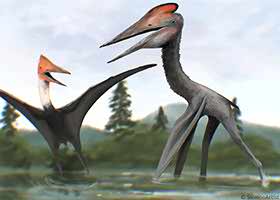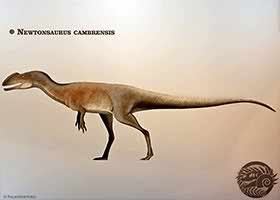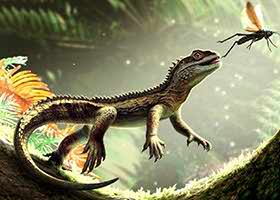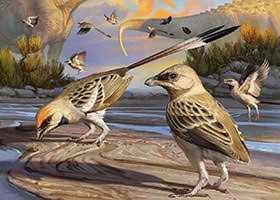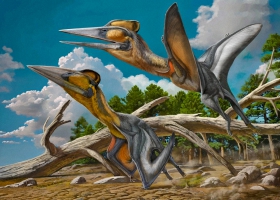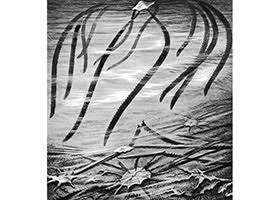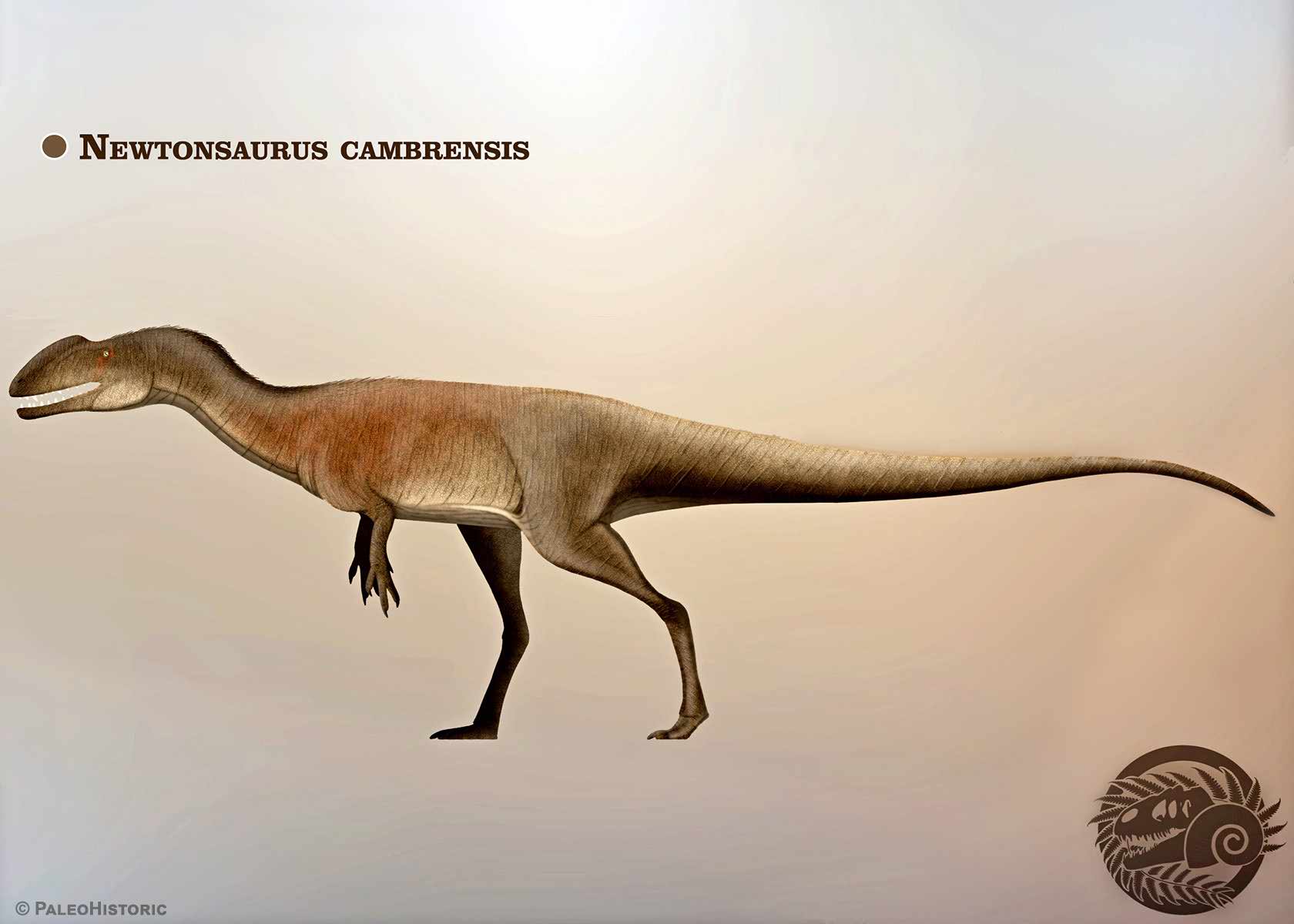
The large theropod Newtonsaurus is an unusually early predatory archosaur, since remains of large theropods rarely occur in the Triassic period. However, their tracks already appear in the Late Triassic. At that time, the dominant predators were rauisuchians, ornithosuchids, and some other pseudosuchians—ancestors of crocodiles.
Discovery of a Welsh Dinosaur
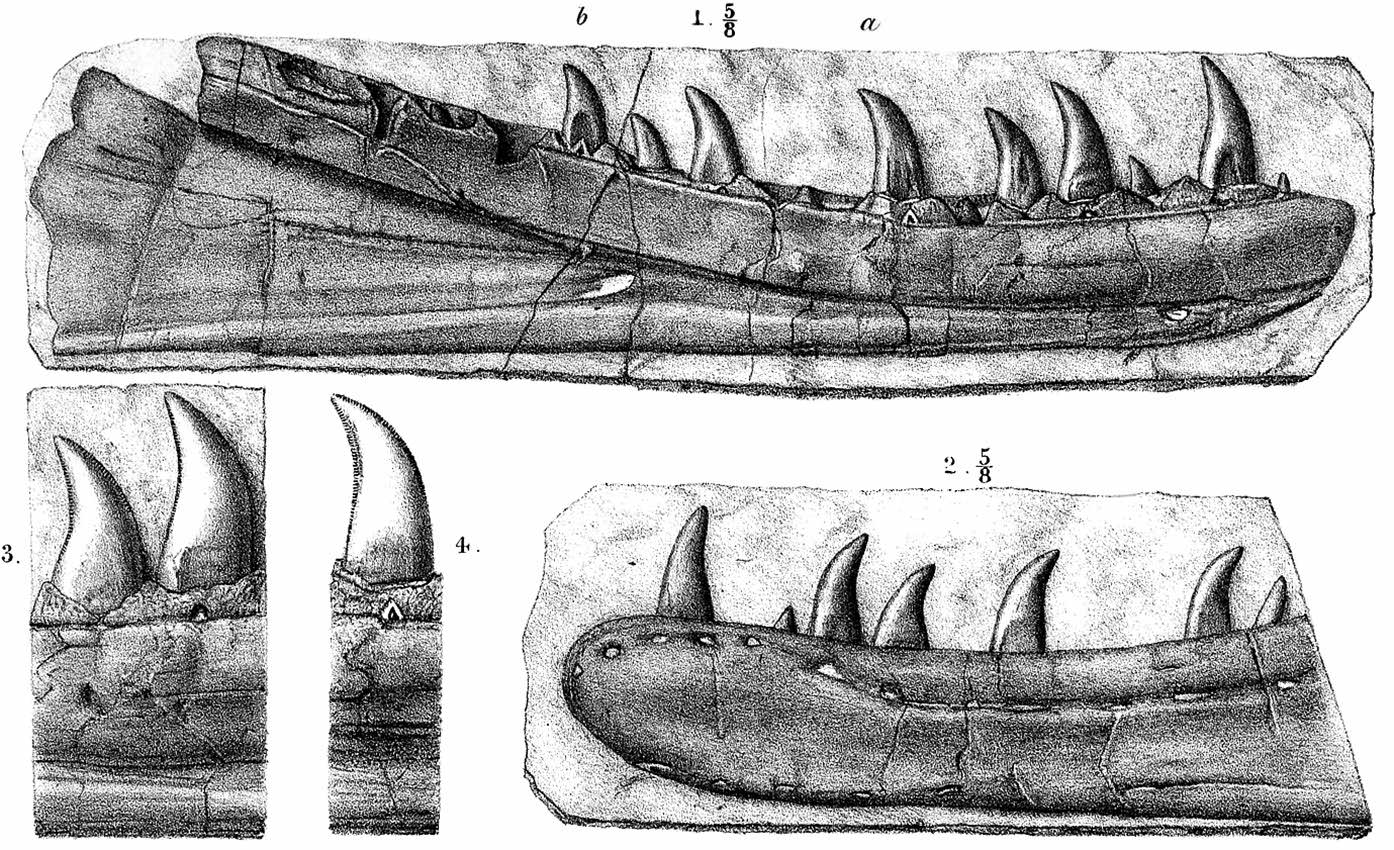
The story of the large theropod Newtonsaurus begins at Stormy Down, near Bridgend in South Wales, where, over a century ago workers discovered a block of sandstone. It contained a natural mold of a jawbone. In 1899, geologist Edwin Tully Newton described the finding, initially assigning it to the genus Zanclodon. For decades, researchers struggled to classify the specimen, comparing it to Megalosaurus and other archosaurs.
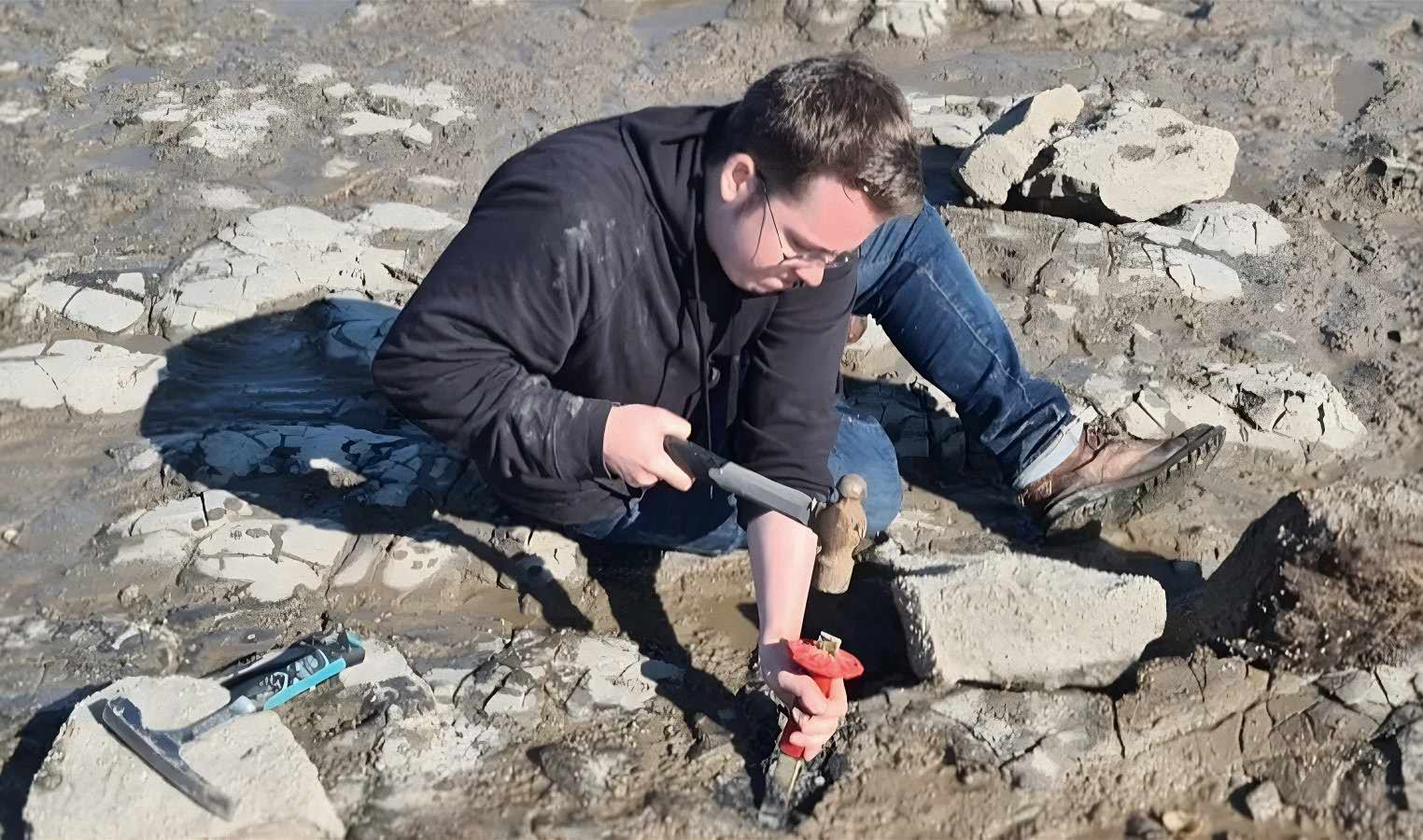
“This specimen has been referred to many times in scientific papers but had yet to be successfully identified—we were not even sure whether it was a dinosaur.”—said researcher Owain Evans.
Eventually, only with modern 3D scanning technology has the fossil been re-evaluated, leading to its recognition as a distinct dinosaur species: Newtonsaurus cambrensis.
The genus name honors Edwin Tully Newton, who first described the specimen, while the species name cambrensis pays tribute to Wales, derived from the Latin “Cambria.”
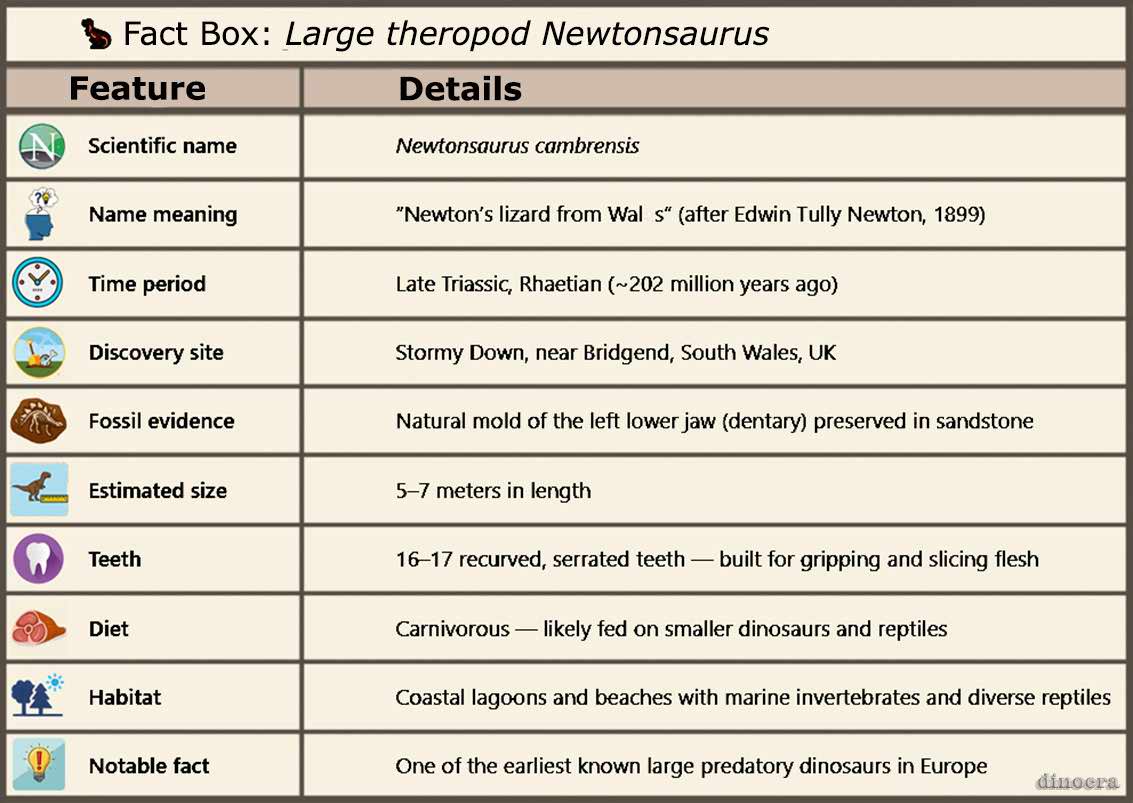
Anatomy and Lifestyle
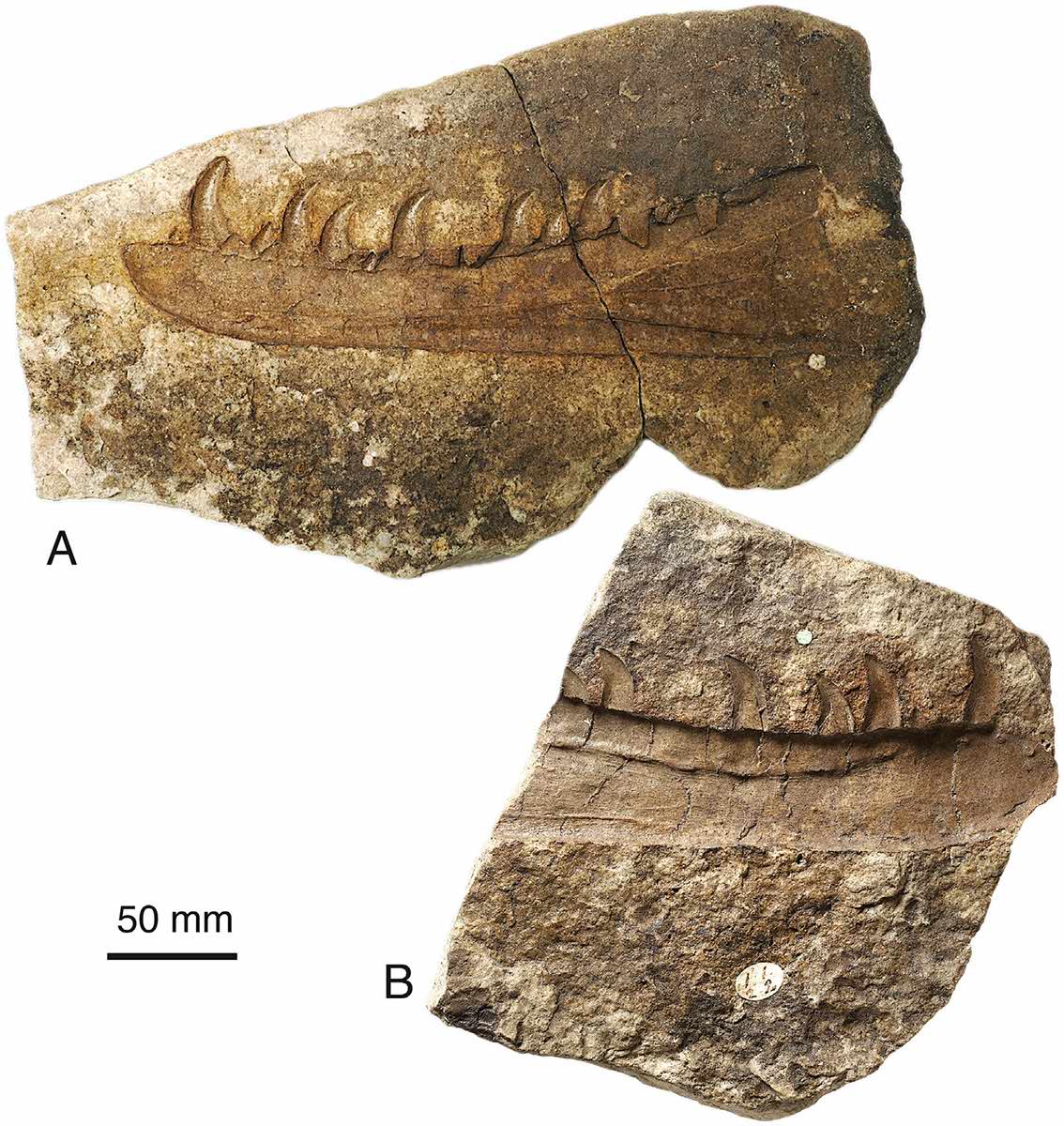
impression. © O. Evans et al.
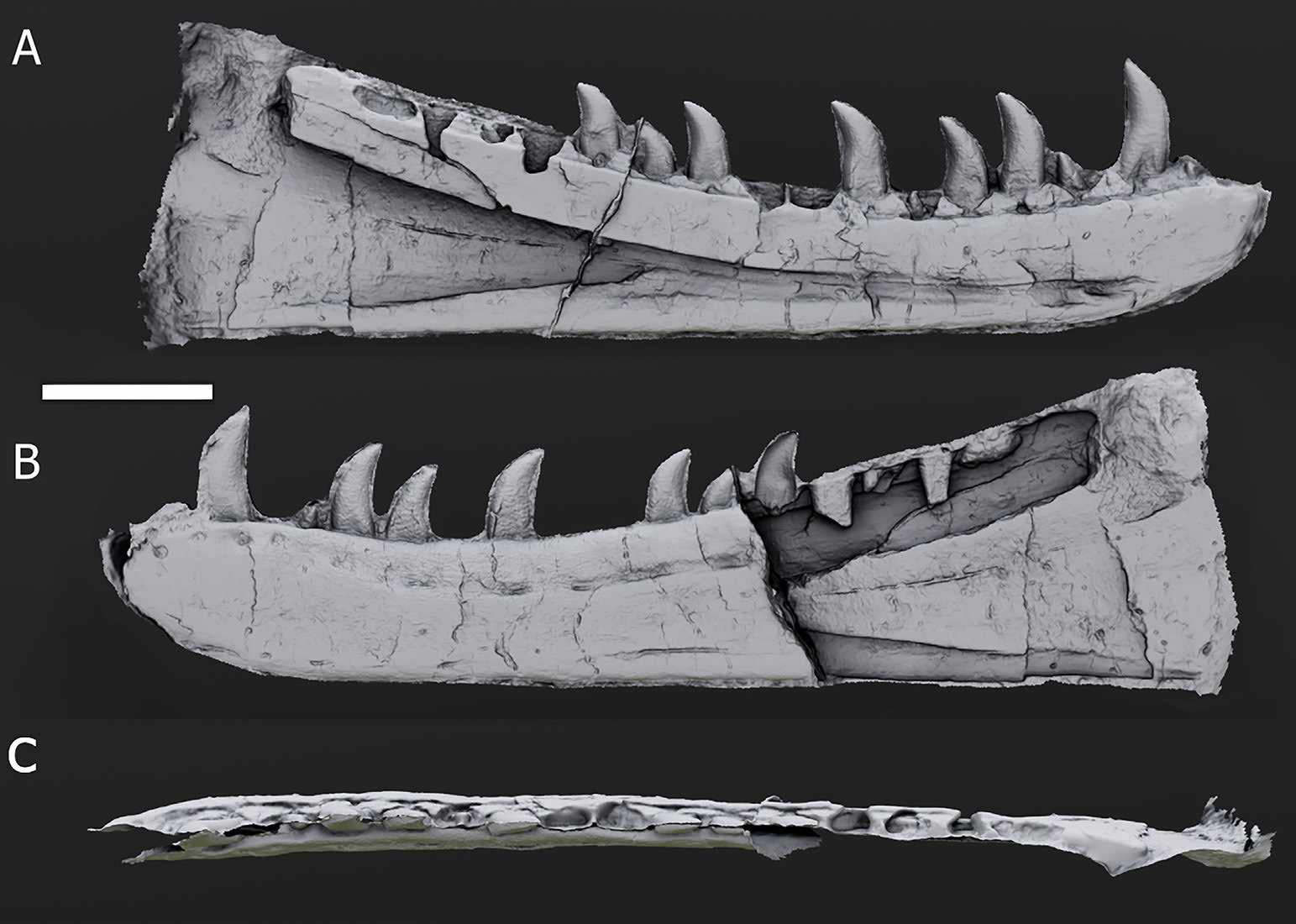
The jawbone measures approximately 28 centimeters in length. It preserves both the inner and outer surfaces with exceptionally fine anatomical detail and appears to have had 16 or 17 recurved, serrated teeth. These teeth look like curved blades—compressed from side to side, hooked at the tip, and nearly identical in shape, with only a slight size drop toward the back of the jaw. In particular, these blade-like teeth were ideal for seizing and slicing prey. The largest tooth is positioned at the front of the jaw, forming part of a powerful bite. The specimen shows off ten distinct unfused interdental plates—thin bony separators between the teeth. Typically, this kind of dental architecture pops up often in early theropods, but you will not see it as much in their crocodile-like cousins, the pseudosuchians.
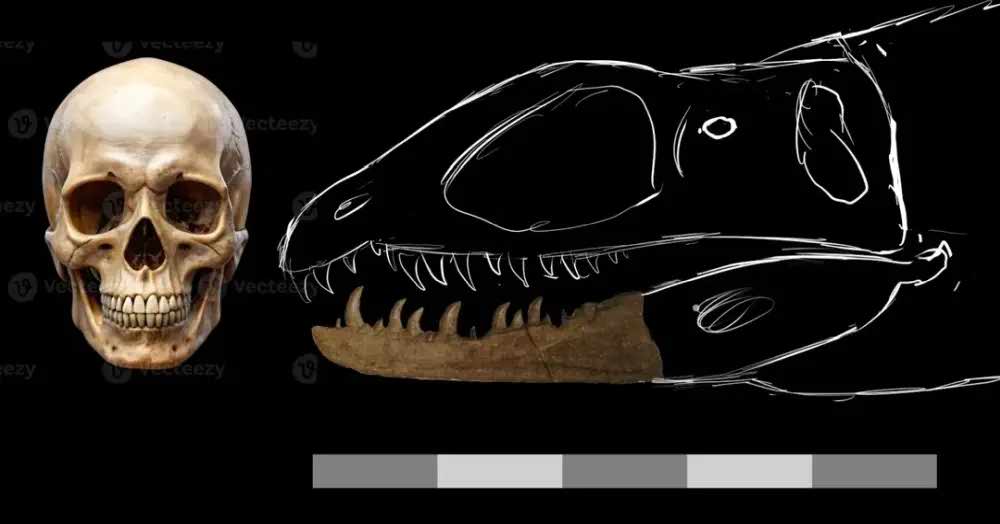
Based on comparisons with related dinosaurs, the complete jaw would have been over half a meter long, and the body length ranged from 5 to 7 meters. As a result, this makes this animal one of the earliest examples of giant carnivorous dinosaurs, as most Triassic theropods were half that size.
Phylogenetic Relationships and Classification
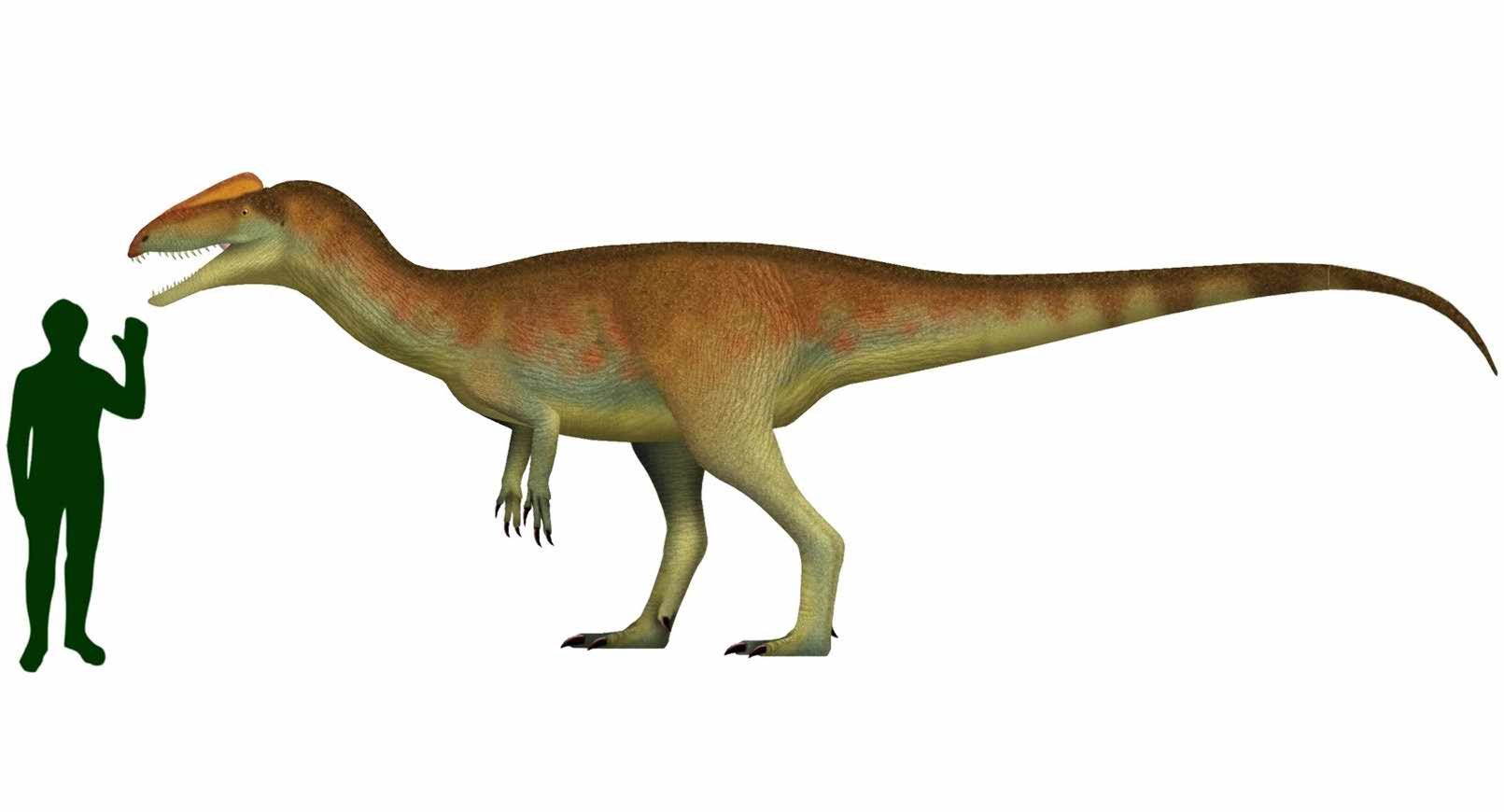
Anatomically, Newtonsaurus shows greater similarity to theropods than to other large Triassic archosaurs that are not dinosaurs. It combines traits of predatory Triassic theropods such as Liliensternus and Dracoraptor with features of the Early Jurassic Dilophosaurus. Together, this combination indicates that it was a basal neotheropod—a transitional predator already exhibiting characteristics that would later appear in more derived theropods.
These basal theropods were an early group of carnivorous dinosaurs that stood at the origins of the evolutionary lineages of both major theropod clades—Coelophysoidea and Averostra. Their adaptations for speed, agility, and an active predatory lifestyle enabled them to thrive, becoming some of the most successful dinosaurs of the ensuing Jurassic period.
Roaming the ancient coastal landscape, the large theropod Newtonsaurus likely dominated its habitat, preying on smaller dinosaurs and reptiles.
The Triassic World of Newtonsaurus
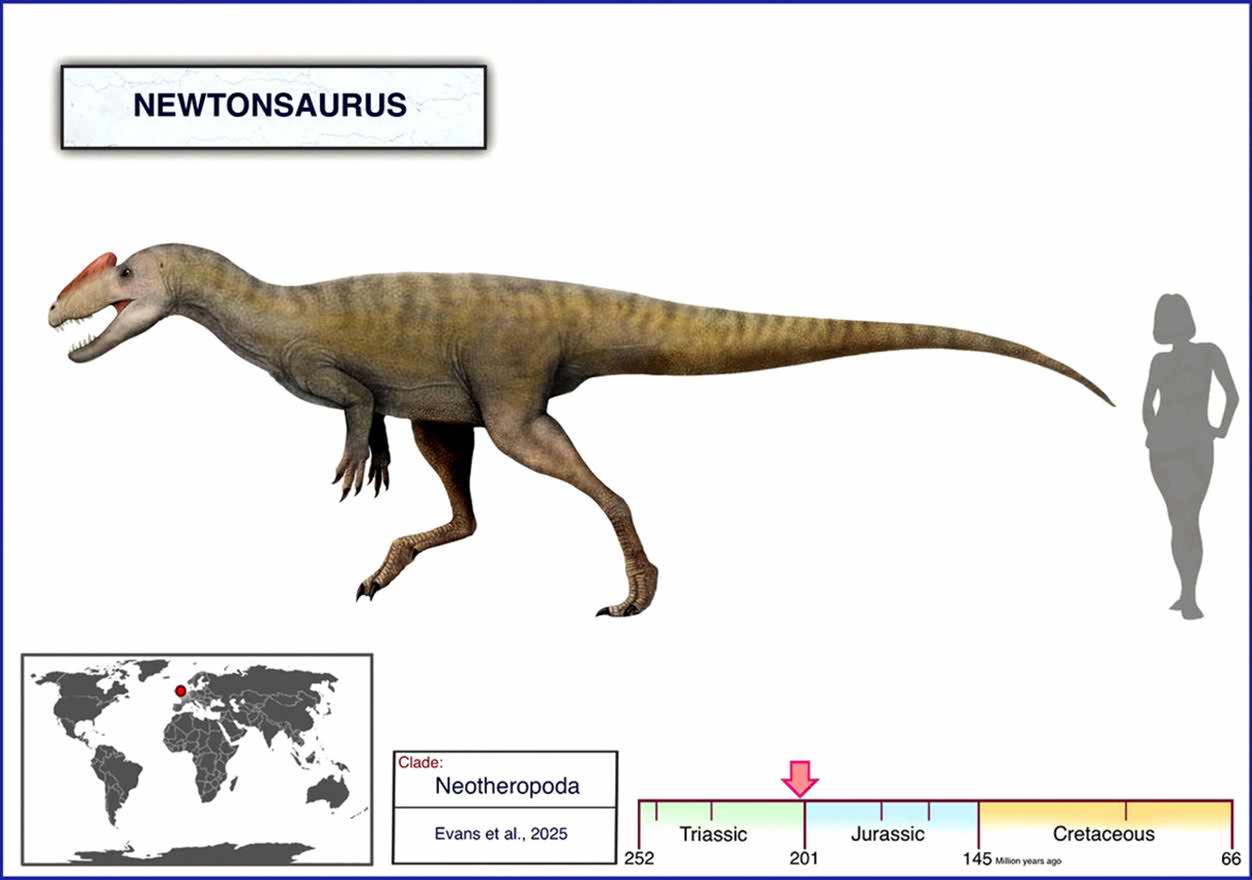
Though only a jaw survives, the details are enough to reveal the presence of an apex predator at the dawn of the Jurassic age. Ultimately, the legacy of the large theropod Newtonsaurus lies in its role as one of the first great hunters among the dinosaurs—a Triassic giant sharpening its teeth on the ancient shores of Wales.
The rocks preserving the fossils belong to the Cotham Member of the Lilstock Formation, dated to the late Rhaetian stage of the Late Triassic period, around 202 million years ago. These deposits formed in lagoons and on beaches along a shallow sea. Throughout most of the Triassic period, dinosaurs had not yet become the dominant terrestrial animals.
Alongside these early dinosaurs, the ecosystem included crocodile-like rauisuchians, small reptiles, and early mammal ancestors. Scientists found bivalve shells from the genus Pteromya in the same block of stone as the fossil, tying it to a coastal habitat and helping to pinpoint its age.
Although only the jaw has been preserved, its details are sufficient to confirm the presence of an apex predator at the end of the Triassic period. The legacy of the large theropod Newtonsaurus lies in its role as one of the first great hunters among dinosaurs—a Triassic giant sharpening its teeth along the ancient shores of Wales.
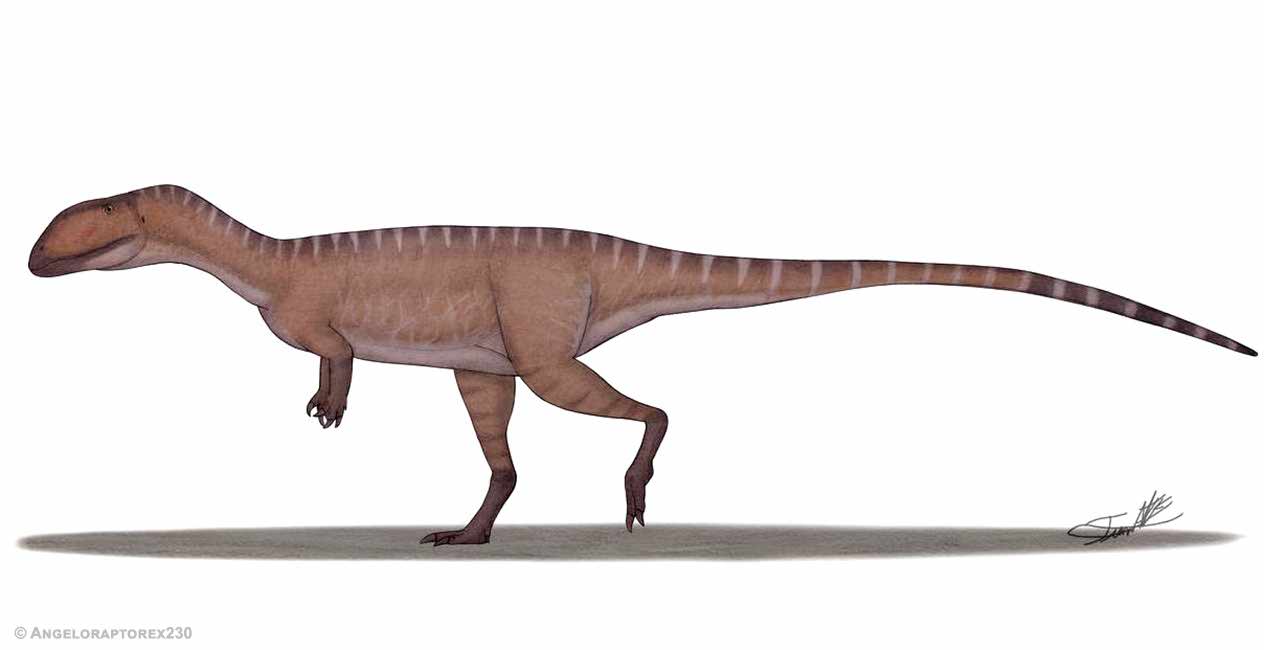
Source:
O. Evans, C. Howells, N. Wintle, et al., Re-assessment of a large archosaur dentary from the Late Triassic of South Wales, United Kingdom, Proceedings of the Geologists’ Association.












